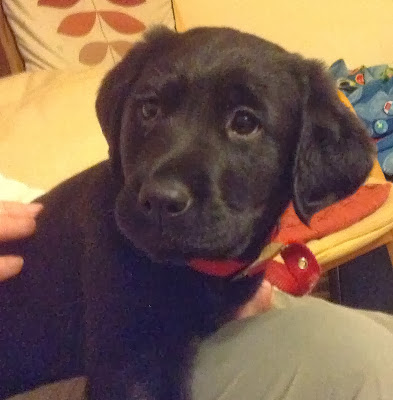Today I have picked the ROBIN that we have in the UK for the Saturdays post as it is the bird that is traditionally on Christmas cards. So let me wish all bloggers, those on facebook, and other friends who follow my blog a
VERY HAPPY CHRISTMAS
ROBIN - Erithacus rubecula - Length 13cm The red breast of course makes identification easy but it can be told even in silhouette or in its blotchy brown juvenile plumage, by its plump shape, upright stance and habit of making abrupt movements.
Voice Their
'tick tick' calls are distinctive especially when repeated quickly, like a
clockwork toy being wound up. The melancholy warbling song is also easily
remembered; 'dwiddle-oo, dwiddle eedee, dwiddle-oo, dwiddle'. You will hear the Robin singing at the end of this post on a short video.
Nests Builds a
domed nest of leaves lined with roots and hairs. Nest is usually well concealed
in ivy banks, at the base of trees and, occasionally, in garden sheds.
Eggs 5-6, white with reddish speckles, laid in
April to June.
Incubation takes 12-15 days.
May
have up to 4 broods a year.
Juveniles are brown with much buff spotting, appearing
very scaly. After moulting in August-October they look just like adults.
Sexes are similar.
They eat insects and small seeds.
Robins sing throughout the year because each bird, male
or female, will occupy its own territory during the winter. In order to defend
their winter territories, the females have to sing and display just like males
do. In spring the females have to persuade the males to stop fighting them and
start co-operating with them in the raising of a family. To do this, when they
encroach into the males territory they behave like young birds begging for
food, thus stimulating the males to feed them rather than fight them.
Migration
Northernmost birds will winter south of their summer range, from western
Europe as far south as the Sahara while southern populations are largely
resident. Females disperse to find their own territories , a small percentage
of British females winter abroad. Large numbers of birds from northern Europe
pass through Britain before continuing 'en route' to Iberia and north Africa.
Population numbers have recently increased in western
Europe, perhaps helped by the run of mild winters. In the UK, the population
increased by 42% between 1970 and 2005.
Population in Britain and Ireland There are an estimated 5.9 million
territories throughout Britain with a further 1.0-2.5 million in Ireland.
Where in Britain and Ireland An abundant resident bird across Britain,
except on the Shetland Isles.
Territorial
fights cause 10% of Robin’s deaths.
Some robins in winter are shy and skulking and these
ones come from the continent. Will nest
anywhere, so leave out your old kettles.
Centuries
ago when we had wild boar, Robins would stay close to them, picking up food,
now they follow the digging gardener.
It is the best loved British bird – used on Christmas cards. This started in Victorian times when postmen
were called robins (red outfit) and often on a Christmas Card they would be shown on a
letterbox.
I hope you enjoyed this "Christmas" post.
I will not be posting as many posts or posting comments over the Christmas period as I will be with my family.
The video can be accessed at
http://youtu.be/UPpdJqx1L1I
If there is a black space below, click it and the video will appear.
Thank you for visiting and to all of those people who left comments.



















































